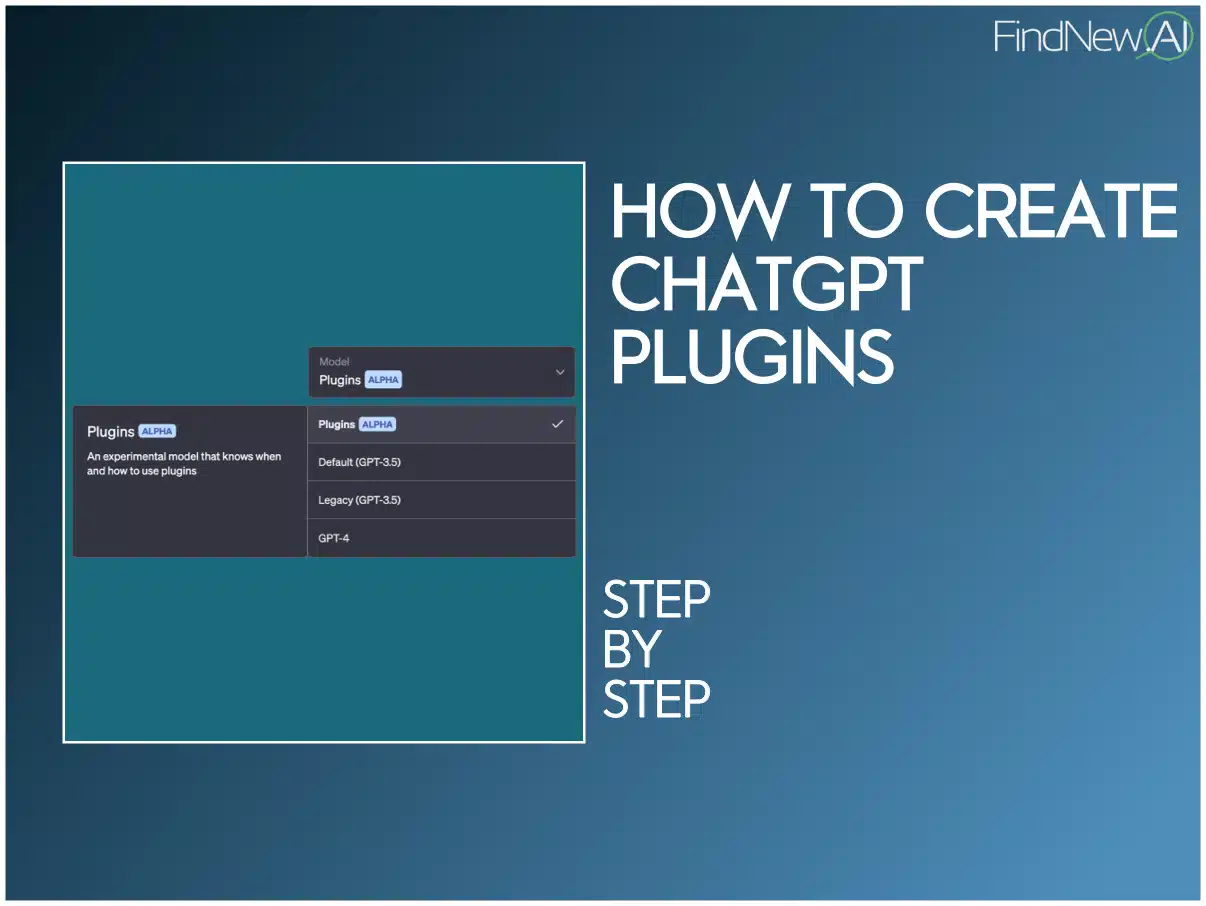GoogleAI researchers released AutoBNN to address the challenge of effectively modeling time series data for forecasting purposes. Traditional Bayesian approaches like Gaussian processes (GPs) and structural time series could not overcome limitations in scalability, interpretability, and computational efficiency. The neural network-based approaches lack interpretability and may not provide reliable uncertainty estimates. These issues create a need for a method that combines the interpretability of traditional approaches with the scalability and flexibility of neural networks.
Current methods for time series forecasting often involve either traditional Bayesian approaches like GPs or neural network-based methods. The proposed solution, AutoBNN, addresses these limitations by automating the discovery of interpretable time-series forecasting models. It switches out GPs for Bayesian neural networks (BNNs) while keeping the compositional kernel structure. This makes it possible to combine the ease of understanding traditional methods with the ability to scale and adaptability of neural networks.
AutoBNN builds upon the concept of learned GP kernels, where the kernel function is defined compositionally using base kernels and operators like Addition, Multiplication, or ChangePoint. It translates this approach into BNNs by leveraging the correspondence between infinite-width BNNs and popular GP kernels. AutoBNN introduces new kernels and operators such as OneLayer kernel, ChangePoint, LearnableChangePoint, and WeightedSum, which enable the modeling of complex time series patterns. These components allow for structure discovery in a scalable manner, providing high-quality uncertainty estimates and improving upon the computational efficiency of traditional approaches.
Performance-wise, AutoBNN demonstrates promising results in terms of predictive accuracy and scalability. AutoBNN is an effective tool for understanding and forecasting complex time series data because it automates the discovery of interpretable models and provides high-quality uncertainty estimates. Its ability to handle large datasets effectively makes it suitable for a wide range of applications, from forecasting economic trends to understanding traffic patterns and weather forecasts.
In conclusion, the paper introduces AutoBNN, a novel framework for time series forecasting that combines the interpretability of traditional Bayesian approaches with the scalability and flexibility of neural networks. AutoBNN offers a powerful tool for understanding and forecasting complex time series data. With its promising performance and ability to handle large datasets effectively, AutoBNN has the potential to significantly advance the field of time series analysis and prediction.
Pragati Jhunjhunwala is a consulting intern at MarktechPost. She is currently pursuing her B.Tech from the Indian Institute of Technology(IIT), Kharagpur. She is a tech enthusiast and has a keen interest in the scope of software and data science applications. She is always reading about the developments in different field of AI and ML.



